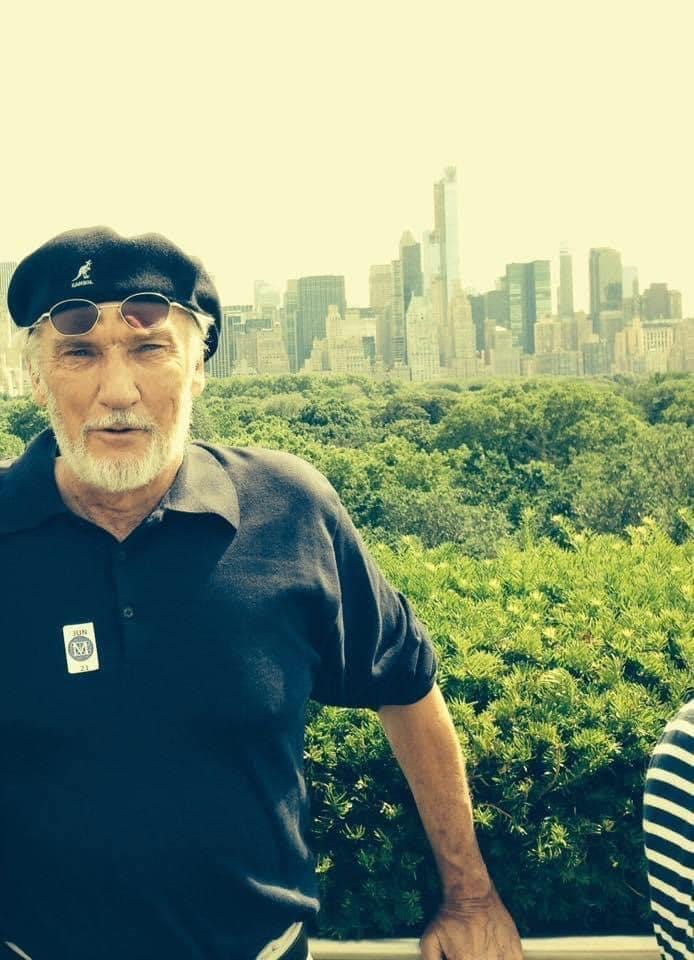THE RISE AND FALL OF THE CHICAGO CLIMATE EXCHANGE, 2003-2010
“The Chicago Climate Exchange (CCX) was North America’s first and only voluntary, legally binding greenhouse gas (GHG) emissions trading system. Launched in 2003, it operated until 2010…”
THE RISE AND FALL OF THE CHICAGO CLIMATE EXCHANGE, 2003-2010
By Stephen Heins, aka The Word Merchant
The Chicago Climate Exchange (CCX) was North America’s first and only voluntary, legally binding greenhouse gas (GHG) emissions trading system. Launched in 2003, it operated until 2010, when it effectively ceased trading carbon credits due to a lack of activity in U.S. carbon markets. In 2003, the company I worked for, Orion Energy Services, joined the CCX, and I was to be their representative for the next six years.
Here’s a breakdown of its history and significance:
Origins and Purpose (2000–2003)
• Foundation: The CCX was conceived by economist Richard Sandor, who began studying the feasibility of a cap-and-trade system in 2000 with a $1.1 million grant from the Joyce Foundation (where Barack Obama served as a board member then). Sandor, a former chief economist at the Chicago Board of Trade, modeled it after successful emissions trading programs like the U.S. sulfur dioxide (SO₂) market.
• Goal: It aimed to demonstrate that a market-based approach could reduce GHG emissions—carbon dioxide (CO₂), methane (CH₄), nitrous oxide (N₂O), sulfur hexafluoride (SF₆), perfluorocarbons (PFCs), and hydrofluorocarbons (HFCs)—at low cost, even without mandatory regulations.
• Launch: Trading began in October 2003 with 13 charter members, including companies like Ford, DuPont, and the City of Chicago, committing to a voluntary 6% emissions reduction by 2010 from a baseline of 680 million metric tons of CO₂ equivalent.
How It Worked
• Cap-and-Trade: Members received allowances (Carbon Financial Instruments, or CFIs, each representing 100 metric tons of CO₂e) based on their baseline emissions. They could reduce emissions internally, buy CFIs from others who over-complied, or use offsets (up to 50% of reductions) from verified projects like soil carbon sequestration or methane capture.
• Trading System: The CCX operated an electronic platform for trading allowances and offsets, with verification by the Financial Industry Regulatory Authority (FINRA) and independent auditors.
• Global Reach: It expanded to include offset projects in North America and Brazil and spawned sister exchanges like the European Climate Exchange (ECX), Montreal Climate Exchange (MCeX), and Tianjin Climate Exchange (TCX).
Growth and Peak (2003–2008)
• Membership: By 2009, the CCX had grown to over 400 members, including corporations, municipalities, and universities, reflecting optimism about carbon markets, especially after the 2008 U.S. election when cap-and-trade legislation seemed imminent.
• Carbon Prices: Prices peaked at $7.50 per ton in May 2008, fueled by expectations of a U.S. federal cap-and-trade system under the Waxman-Markey bill, which passed the House in 2009.
Decline and Collapse (2009–2010)
• Legislative Failure: The Waxman-Markey bill stalled in the Senate, and the 2010 midterm elections shifted U.S. politics away from climate legislation, undermining the CCX’s raison d’être.
• Market Collapse: With no mandatory U.S. carbon policy, demand for voluntary credits evaporated. Trading volume hit zero in February 2010, and prices plummeted to 5–10 cents per ton by November 2010, down from $7.40 in 2008.
• Closure: In July 2010, Intercontinental Exchange (ICE) acquired Climate Exchange PLC (CCX’s parent company) for $606 million. Sandor reportedly earned over $90 million from his 16% stake. By December 2010, the CCX halted its cap-and-trade program, though it continued as a voluntary offset registry.
Legacy and Impact
• Achievements: The CCX proved emissions trading could work voluntarily, providing a testing ground for carbon pricing and corporate emissions management. It influenced projects like the Valley Wood Carbon Sequestration initiative and inspired other markets. The CCX worked with the European Union and the Emission Trading Scheme planning group as they created the protocol for carbon trading. In fact, I made a presentation to the group in Paris in 2009 arguing that measured and verified energy efficiency should be included in emission trading.
• Limitations: Its voluntary nature and lack of regulatory backing limited its scale and impact. Critics argued it was more symbolic than transformative, with emissions reductions dwarfed by global totals.
• Lessons: The CCX’s collapse highlighted that carbon markets struggle without government mandates. It’s often cited as a cautionary tale of “political capitalism” failing where market demand didn’t materialize. The EU-ETS's general lack of success is probably proof of the thesis.
Aftermath
Post-2010, the CCX shifted to a registry for voluntary offsets, while its sister exchanges (e.g., ECX) persisted in regions with stronger climate policies. In the U.S., state-level efforts like the Regional Greenhouse Gas Initiative (RGGI) and California’s cap-and-trade system took over as more viable models. Neither exchange has provided proof of concept.
The CCX’s story is a mix of innovation and overreach. This ambitious experiment thrived briefly on hope but couldn’t survive without a regulatory backbone that advanced economic development and environmental mitigation. Its rise and fall remain a key chapter in the history of carbon markets.
#####






I always wondered, other than trying to look like a "do gooder" why ANYONE would invest in air? It's like Monopoly money trading, IMO. I always thought it was a dumb idea but I understand Al Gore made a fortune selling his carbon credit exchange think the the Saudis. Good for him, not so much for them.
Just more green scam/grift. 😕
Figures it would be out of there! Lol